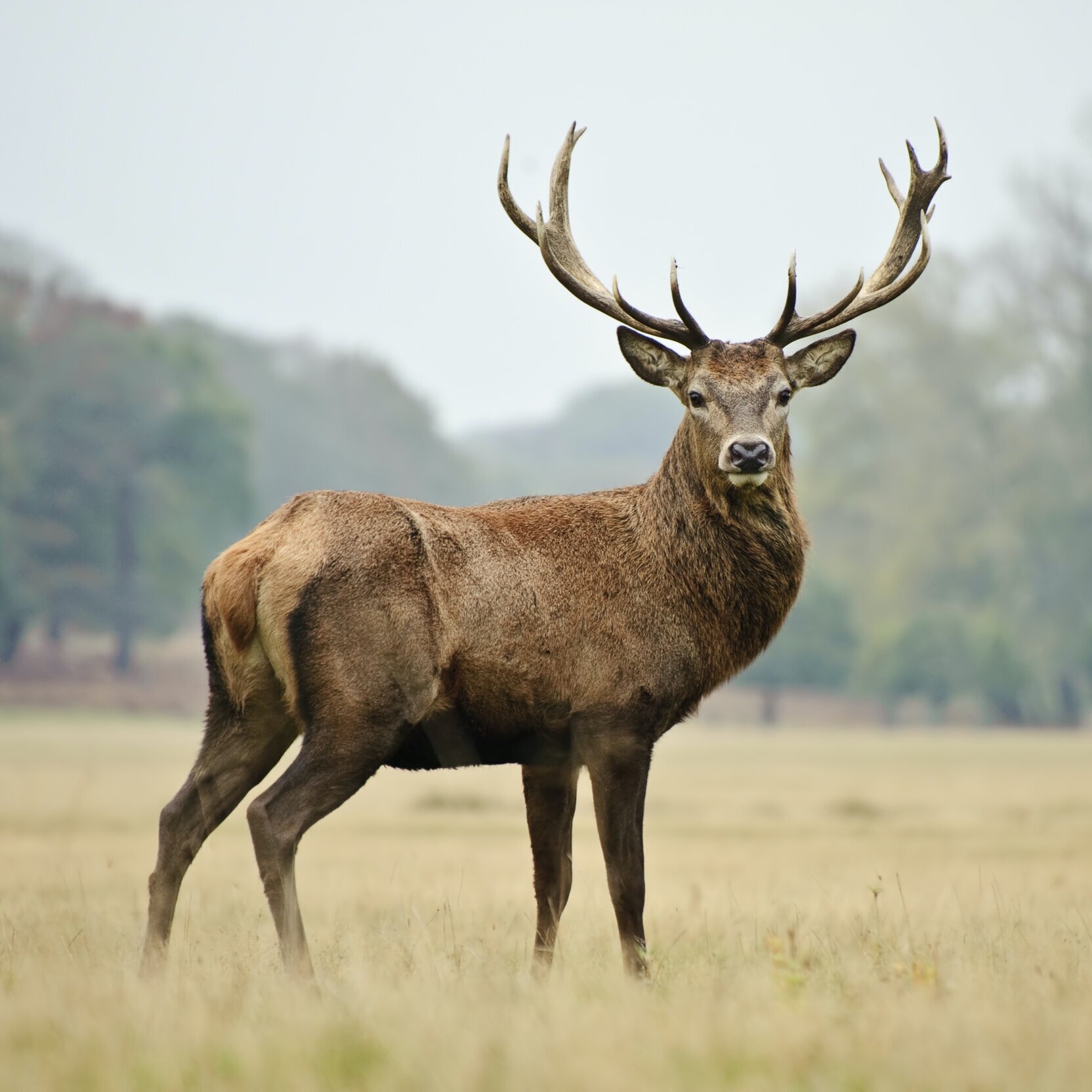
Exotic Hunts
We currently have 5 different exotic species on the ranch, originating from regions all around the world. Exotics provide year round hunting opportunities, since there is not a designated hunting season as for the native whitetail. For information on each of our exotic species, read the descriptions below. To view the pricing for of all of our animals, please consult the pricing page under the “Hunts” tab.
Scimitar Oryx
Scimitar Oryx are a species of antelope native to North Africa. Adapted to live in arid lands along the edges of deserts, Scimitar Oryx could once be found in large herds along the northern and southern edges of the Sahara Desert, in the modern day countries of Morocco, Tunisia, Libya, Algeria, Egypt, Mauritania, Mali, Niger, Chad and Sudan. Today Scimitar Oryx are considered to be extinct in the wild due to overhunting in North Africa, but today there is a large and growing population in the Texas Hill Country as a result of responsible wildlife management. Believed to be the creatures from which the myth of the unicorn originated, Oryx are truly majestic!
Blackbuck Antelope
The Blackbuck Antelope is a species of antelope native to India and Nepal. Traditionally these animals inhabited grassy plains and lightly forested areas, which made them a great fit for the Texas Hill Country when they were first introduced in 1932. By 1988, they became the second most populous exotic animal in the Texas Hill Country behind Axis Deer. Blackbuck are our smallest exotic animal standing at an average height of 29 to 33 in. The males have beautiful black fur along the top sides of their body and long spiraled horns.
Axis Deer
Also known as Chital, Axis deer are a species of deer native to the Indian subcontinent that can be easy identified by the white spots covering the red fur of both males and females. Axis deer were first introduced to the US in the 1860s when they were brought to Hawaii, and in 1932 they were brought to Texas. By 1988 self sustaining herds could be found in 27 different counties in Texas, but the largest herds resided in the Hill Country where the climate and land strongly resemble their native habitat.
Red Stag
Red Stag, also commonly referred to as Red Deer, are the fourth largest species of deer in the World behind Moose, Elk, and Sambar Deer. Red Deer are originally native to regions of Europe, Western Asia, and North Africa, and are well known for their presence on the British Isles. These magnificent animals tower at an average shoulder height of just above 5 1/2 ft. and weigh 440 lbs on average once they are full grown.
Transcaspian Urials
The newest addition to our lineup of exotic species, Transcaspian Urials are a species of wild sheep, native to the grassland regions of western central Asia, from Iran to Northern India. This is where “Transcaspian” comes from. They can grow up to twice the size of the closely related Mouflon, and they rival the North American Bighorn Sheep in size. Males have impressive large curling horns, and thick dark mane on their necks.





